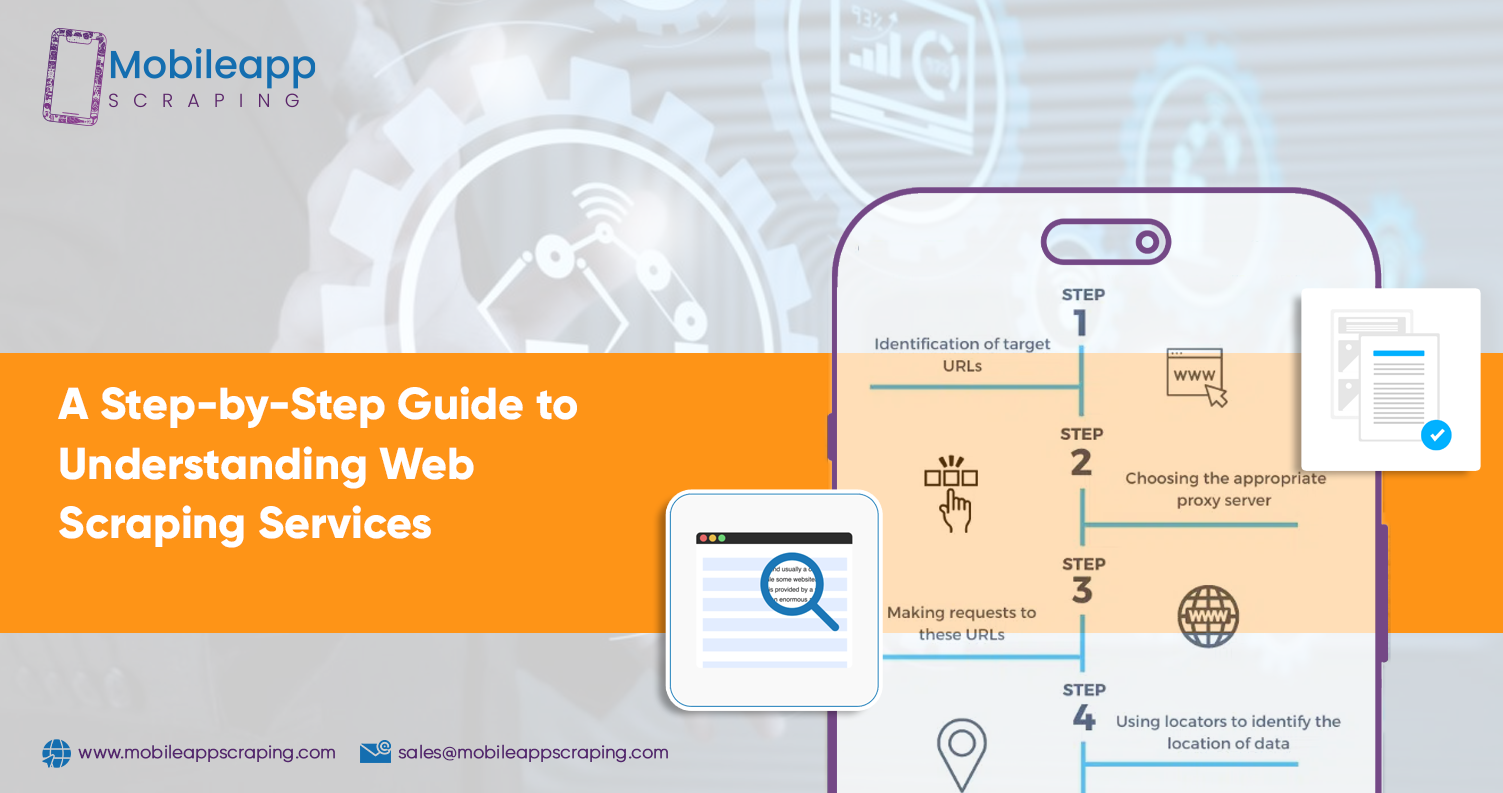
A Step-by-Step Guide to Understanding Web Scraping Services
Introduction
In today’s digital age, Web Scraping Services have become a cornerstone for businesses aiming to leverage data for strategic decision-making. From e-commerce to market research, these services provide businesses with the ability to Extract Web Data efficiently and effectively. This comprehensive guide will help you understand the nuances of web scraping, how it works, and its potential applications.
What Are Web Scraping Services?

Web Scraping Services are specialized solutions designed to collect data from websites in an automated manner. Unlike manual data collection, these services use bots or scripts to Scrape Web Data at scale, saving time and ensuring accuracy.
Key features of these services include:
- Automated Web Data Extraction.
- Customizable scraping solutions tailored to specific needs.
- Delivery of structured datasets in formats like JSON, CSV, or Excel.
How Do Web Scraping Services Work?
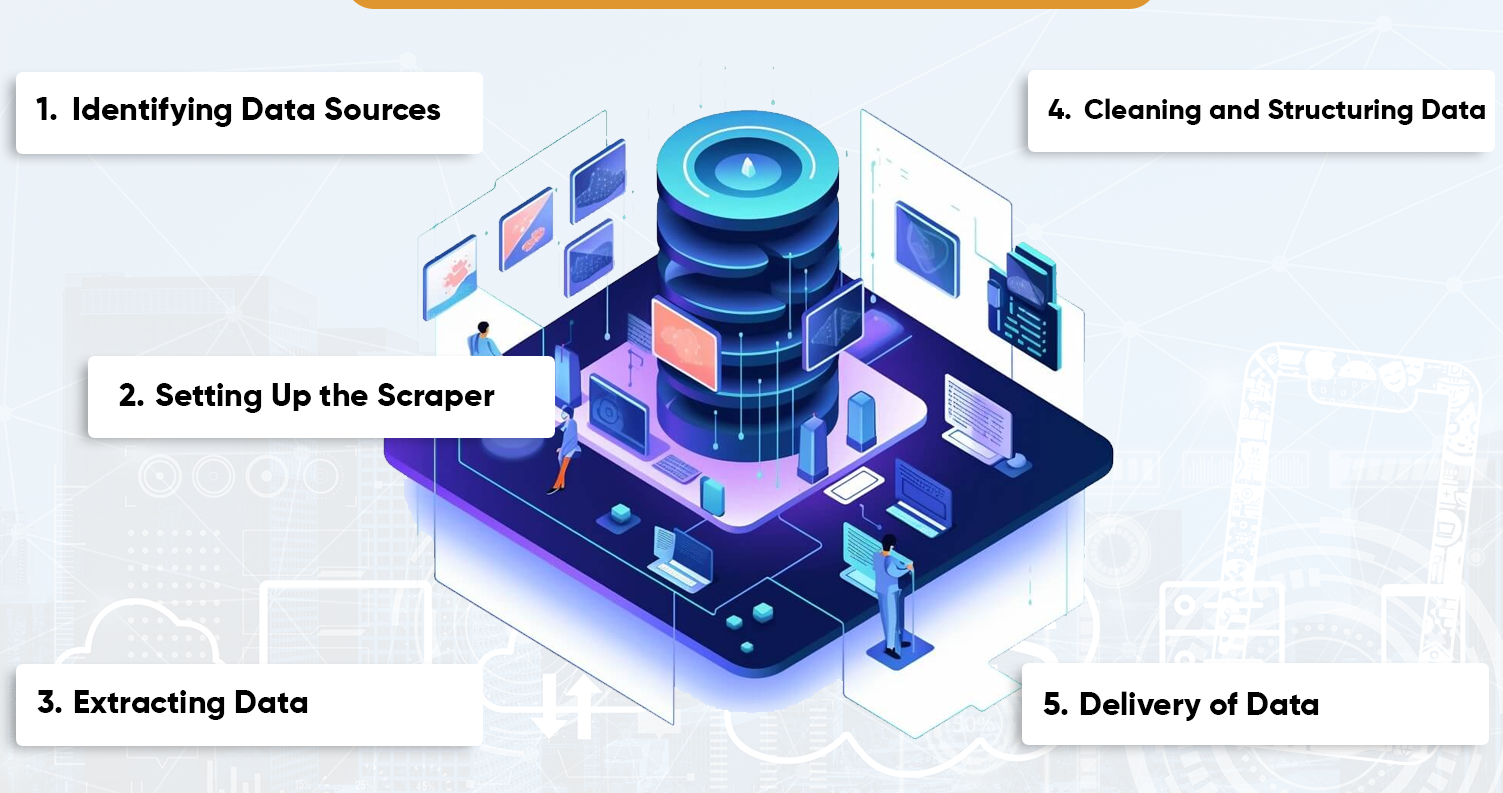
The process of web scraping involves several steps, each critical to ensuring successful Web Data Scraping:
- Identifying Data Sources: Businesses pinpoint websites or platforms that host the required information, such as e-commerce pricing, competitor insights, or customer reviews.
- Setting Up the Scraper: A scraper, a tool designed for Web Scraping Data Extraction , is configured to navigate the target website and identify the data fields to collect.
- Extracting Data: The scraper retrieves the data and saves it in a structured format. This process ensures that businesses can easily analyze and utilize the information.
- Cleaning and Structuring Data: The raw data is cleaned and transformed into usable formats, creating Web Scraping Datasets for analysis.
- Delivery of Data: The final dataset is delivered through APIs, file downloads, or cloud storage, enabling seamless Web Scraping Data Collection.
Benefits of Web Scraping Services
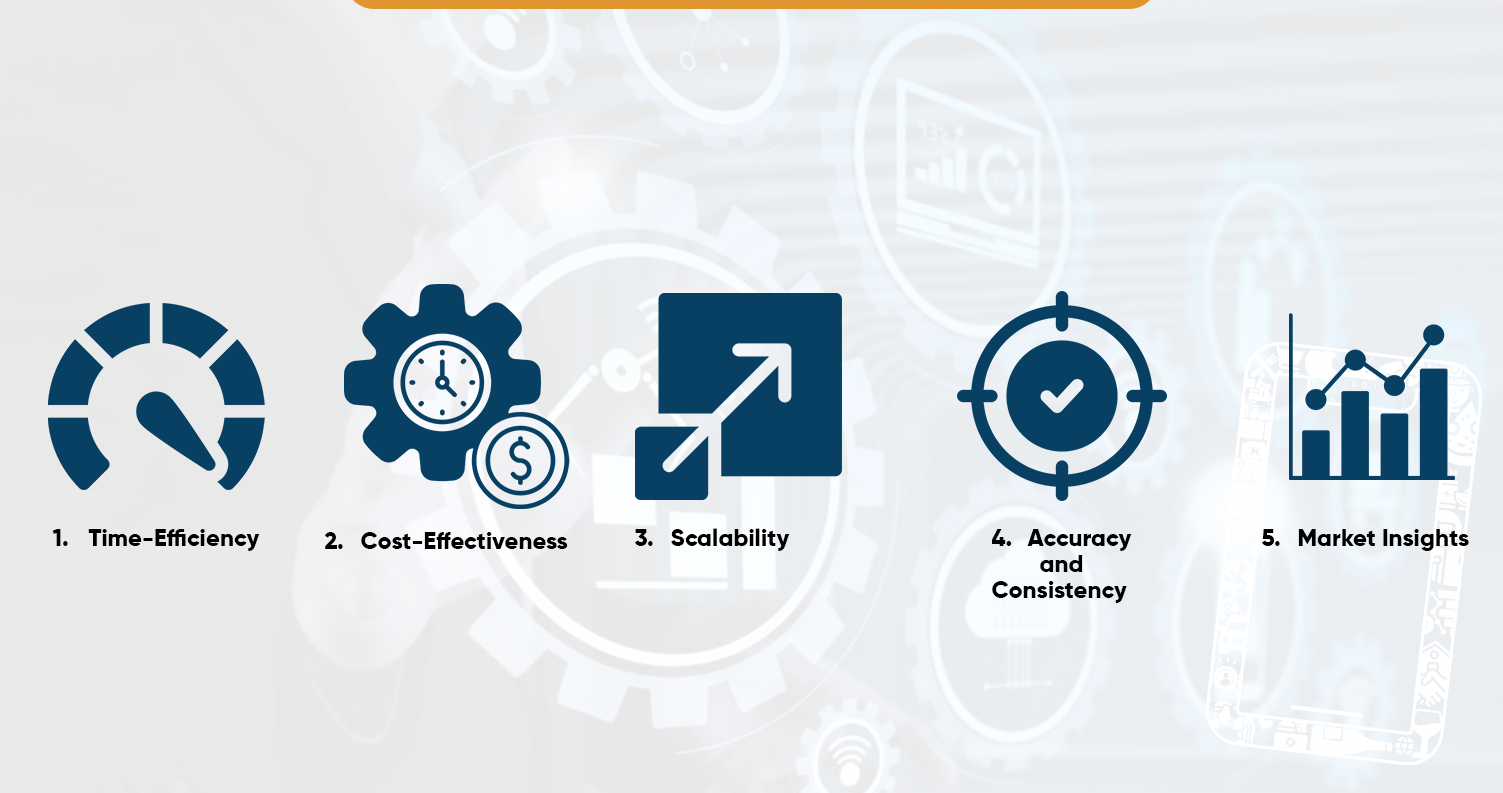
- Time-Efficiency: Automating Web Data Extraction significantly reduces the time spent on manual data collection.
- Cost-Effectiveness: Investing in Web Scraping Services can be more economical than hiring teams to manually gather data.
- Scalability: Scraping solutions can handle massive volumes of data across thousands of web pages.
- Accuracy and Consistency: Automated systems minimize human error, ensuring reliable Web Data Scraping results.
- Market Insights: With timely data, businesses can make informed decisions, stay competitive, and identify trends.
Common Applications of Web Scraping Services

Web Scraping Services are versatile and can be used across various industries, including:
- E-commerce:
- Competitive pricing analysis.
- Product availability tracking.
- Customer sentiment analysis through reviews.
- Market Research:
- Gathering industry trends.
- Monitoring public opinion on social media platforms.
- Real Estate:
- Collecting property listings and price trends.
- Analyzing rental market data.
- Travel and Hospitality:
- Tracking hotel and flight prices.
- Monitoring customer feedback and ratings.
- Financial Services:
- Aggregating stock market data.
- Tracking economic indicators from government websites.
Challenges in Web Scraping
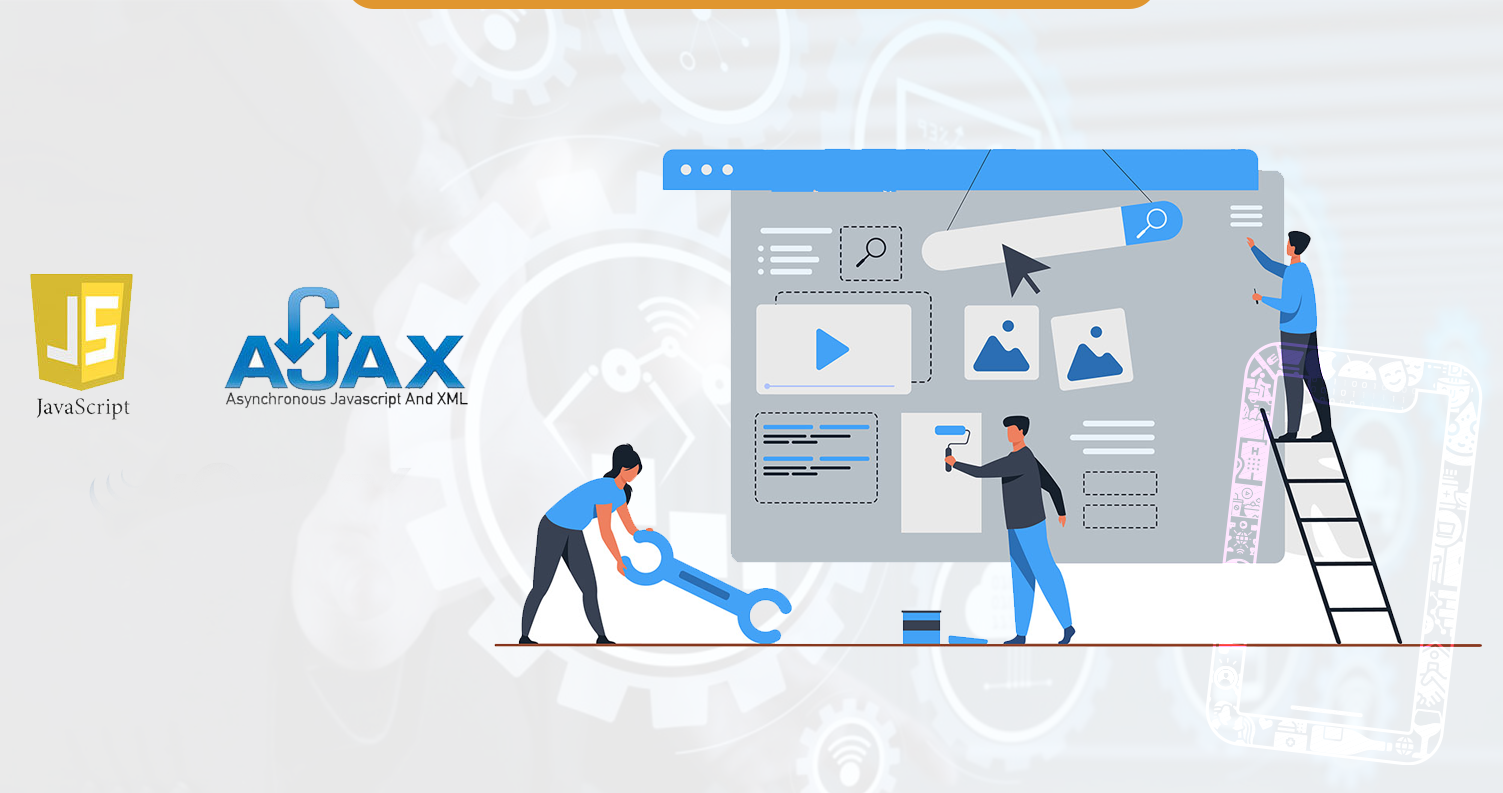
While Web Scraping Services provide immense value, they also come with certain challenges:
- Legal and Ethical Concerns: Scraping data from websites without permission may violate terms of service. Always ensure compliance with relevant regulations.
- Dynamic Websites: Sites using JavaScript or AJAX may require advanced scraping techniques, such as headless browsers or APIs.
- Anti-Scraping Measures: Some websites implement CAPTCHAs, IP blocking, or rate-limiting to prevent scraping. Overcoming these requires sophisticated tools.
- Data Volume: Managing and processing large datasets can be complex without the right infrastructure.
Tools for Web Scraping
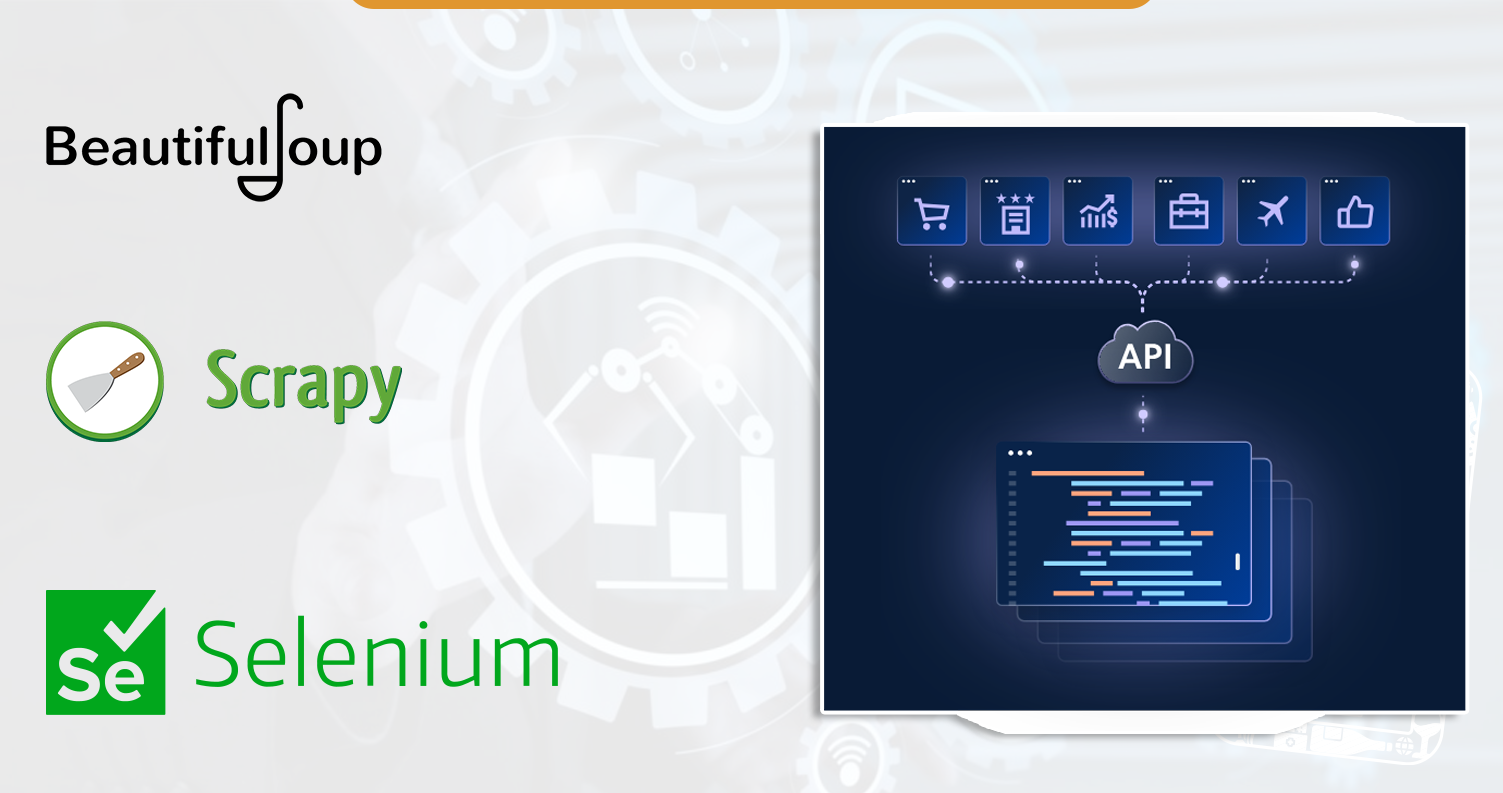
Several tools and platforms are available for Web Scraping Data Extraction , catering to different needs:
- Beautiful Soup: A Python library for parsing HTML and XML documents.
- Selenium: A tool for automating browsers, useful for dynamic websites.
- Scrapy: An open-source framework for efficient web crawling and Web Data Scraping.
- Web Scraping Data API: APIs that provide pre-scraped data or allow real-time access to specific datasets.
Best Practices for Web Scraping Services

- Respect Website Policies: Always review the website’s terms of service before initiating Web Data Extraction.
- Optimize Scraping Frequency: Avoid overloading servers by scheduling scraping tasks during non-peak hours.
- Use Proxies: Proxies help bypass IP restrictions and ensure anonymity.
- Focus on Data Quality: Validate and clean the data to ensure accuracy in Web Scraping Datasets.
- Leverage APIs: When available, use Web Scraping Data API for efficient and ethical data retrieval.
Future of Web Scraping Services
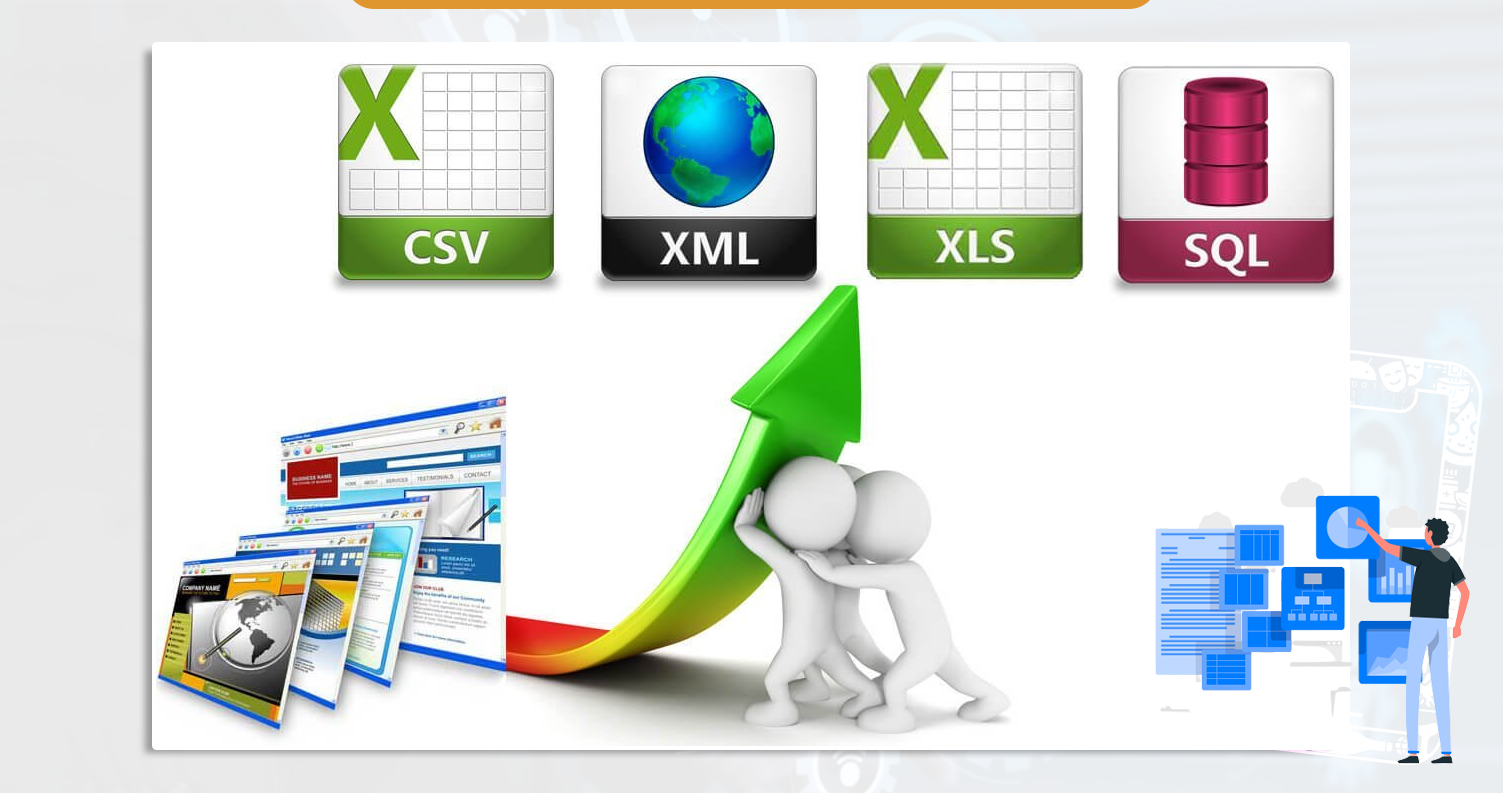
The demand for Web Scraping Services continues to grow as businesses increasingly rely on data-driven insights. Emerging technologies like AI and machine learning are poised to revolutionize Web Data Extraction, making it faster, smarter, and more reliable.
Conclusion
Understanding Web Scraping Grocery is essential for businesses aiming to harness the power of data. Whether you need to Extract Web Data for market research, monitor competitors, or analyze trends, these services provide unparalleled efficiency and accuracy.
For advanced data needs, such as scraping data from mobile applications, explore Mobile App Scraping solutions. Contact us today to learn how we can help you achieve your data goals with tailored scraping services!

